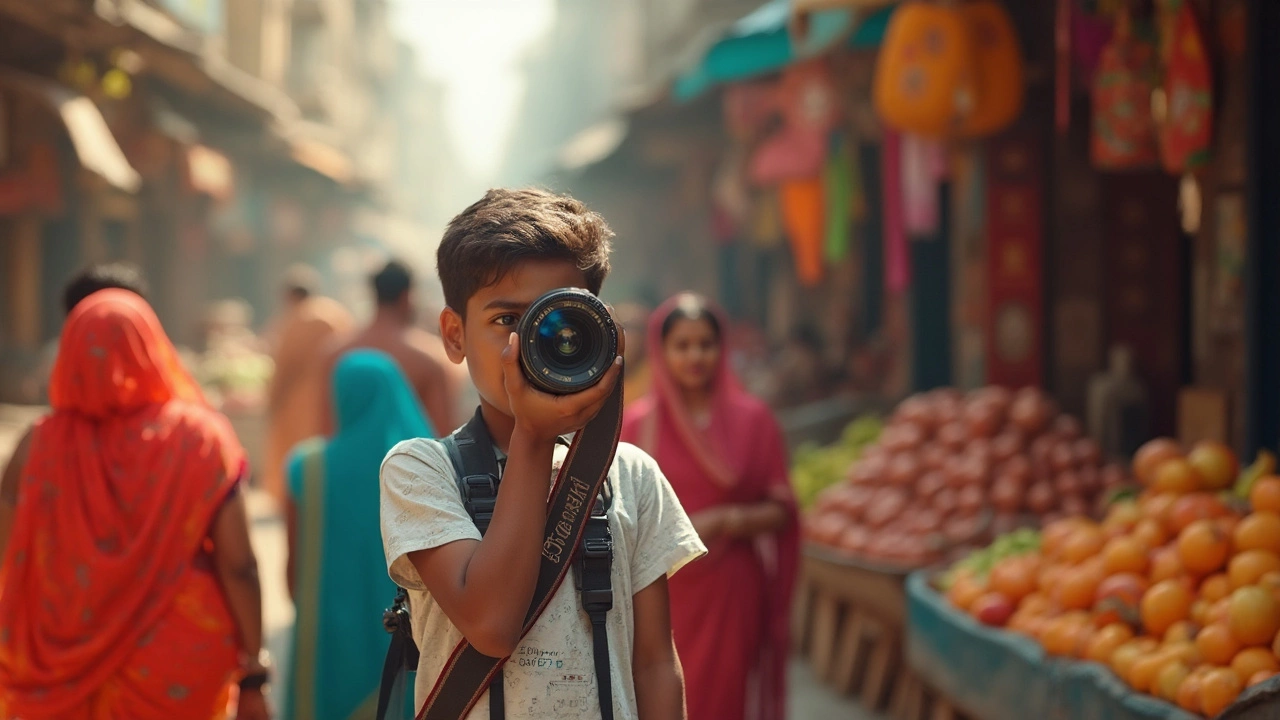Camera Quality: How to Get Sharp, Vibrant Shots Every Time
If you ever wonder why some pictures look flat while others pop with color, the answer usually lies in camera quality. Whether you use a DSLR, a smartphone, or a studio camera, a few simple steps can make a huge difference. In this guide we’ll break down what matters most and give you practical ways to improve every shot.
Understanding What Makes a Camera Good
First, let’s look at the basics. Sensor size, lens quality, and image processing all play a role. A larger sensor captures more light, which means better detail in low‑light situations. Good lenses keep light focused, reducing softness and distortion. Finally, the camera’s processor decides how colors are rendered and how much noise you see in the final image.
For most people, a mid‑range DSLR or a recent high‑end phone already has a sensor that can handle everyday needs. The real boost comes from using the right settings. Shoot in RAW if you can – it keeps more data and gives you flexibility when you edit later. Also, keep ISO low to avoid grain, and use a moderate aperture (f/4‑f/8) for a sharp depth of field.
Simple Ways to Boost Your Photo Quality
Now, let’s get practical. Here are three easy tricks that work for any camera.
1. Mind the lighting. Natural light is your friend. Position your subject near a window or shoot outdoors in the golden hour (just after sunrise or before sunset). If you’re indoors, use soft white LEDs to avoid harsh shadows.
2. Stabilize the shot. Even a small shake can blur a picture. Use a tripod, a steady surface, or the camera’s built‑in image stabilization. When hand‑holding, press the shutter gently and brace your elbows against your body.
3. Check focus before you click. Tap the screen on a phone or use the single‑point focus on a DSLR to lock onto the most important part of the scene. A sharp focus on eyes in a portrait or on a product’s logo makes the image look professional.
After you capture the shot, a quick edit can bring out the full potential. Adjust exposure, boost contrast a bit, and fine‑tune white balance to match the scene. If you plan to print, choose a printing service that offers high‑resolution output – that’s where the difference between a matte finish and a vivid, gallery‑ready print shows up.
Remember, camera quality isn’t just about the hardware. Understanding how light, focus, and stability work together lets you get better results with the gear you already have. Try these tips on your next photo session and notice the improvement instantly.
